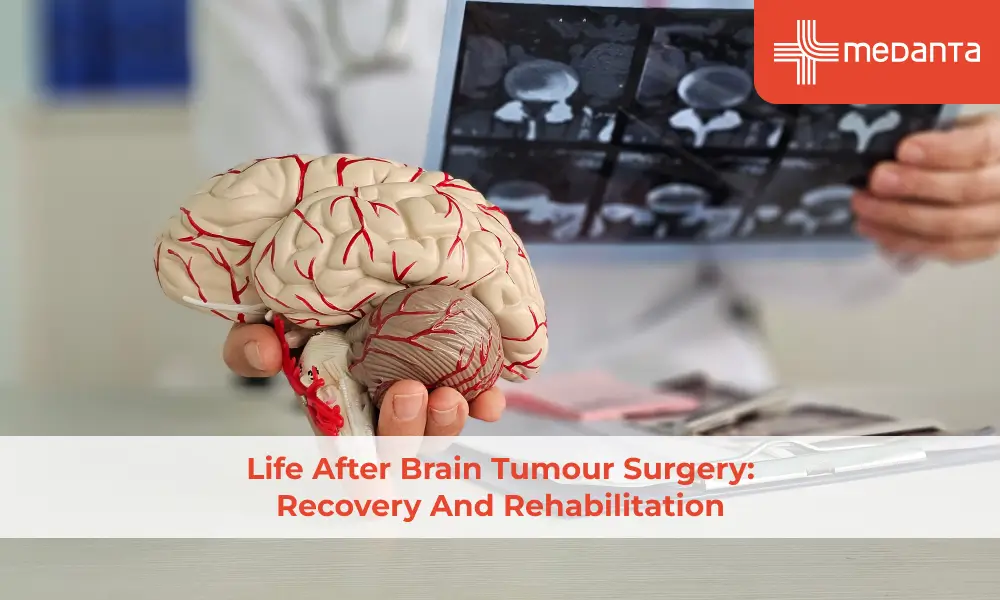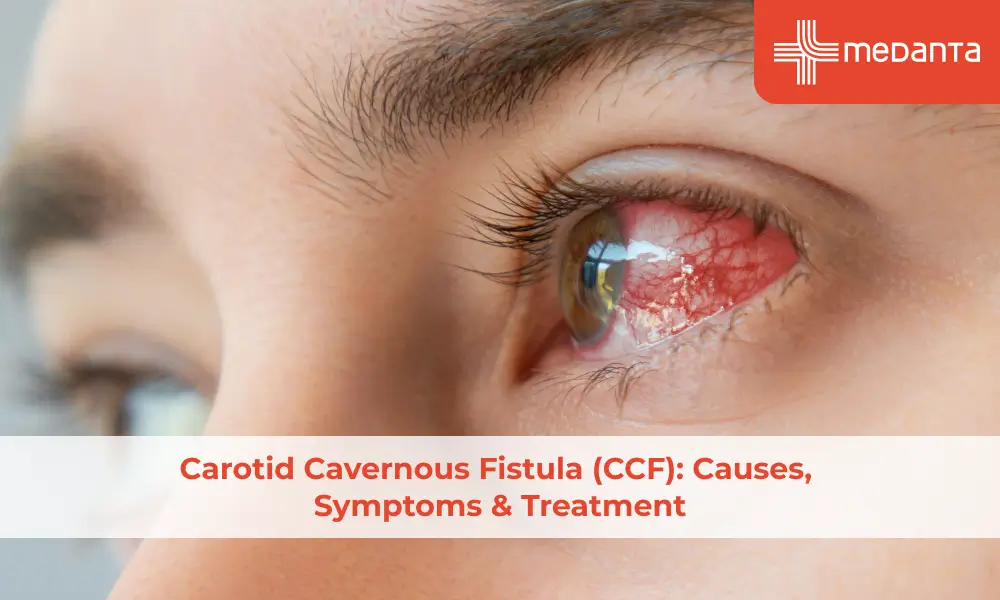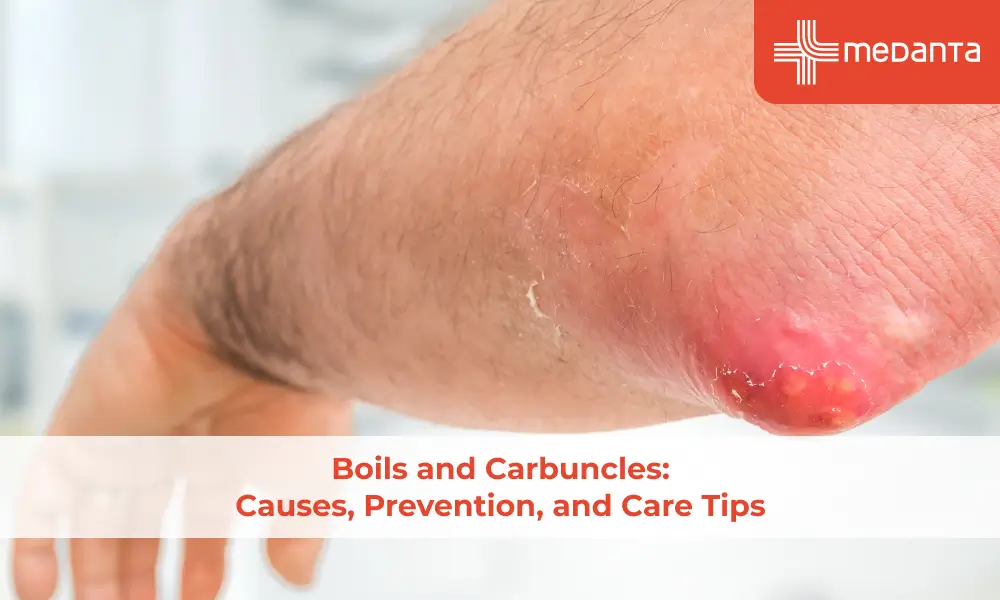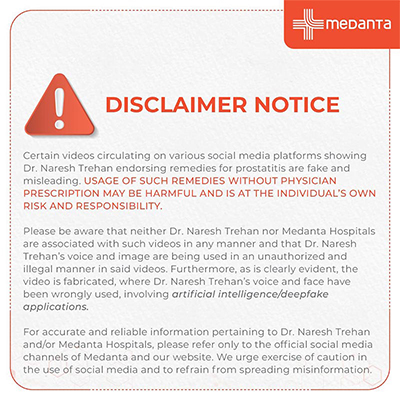Emergency First Aid for Bleeding Varicose Veins

TABLE OF CONTENTS
Bleeding varicose veins can trigger immediate panic and need quick emergency care to manage properly. These ruptures might look scary, but they happen because pressure builds up in weak veins near your skin's surface. The bleeding may seem worse than it really is, but you should never ignore it.
Your varicose veins can burst and cause sharp pain, bruising, swelling, and sometimes heavy bleeding. Blood thinners make this riskier, especially in older adults with thinner skin who could lose a lot of blood. The bleeding can be intense enough that some people mistake it for arterial bleeding because of how much blood they lose. You need to act fast to stop the bleeding and avoid complications.
The bright side is that the proper first aid steps can help you control varicose vein bleeding effectively. Research shows that following a two-step treatment plan works 93% of the time to prevent more bleeding. Compression therapy helps manage both the immediate problem and supports healing afterwards. These emergency steps could make a crucial difference during this scary but manageable medical event.
Emergency First Aid for Bleeding Varicose Veins
Bleeding varicose veins need immediate care because their high pressure can lead to quick blood loss. You should know the right emergency steps to prevent serious problems while waiting for medical help. Here are the key first aid steps that are the foundations of managing bleeding varicose veins.
Apply Direct Pressure to Control Bleeding
You need to act fast and focus on stopping blood flow when a varicose vein ruptures. Blood might spurt quickly if you stay standing or seated.
Here's how to control bleeding:
Take off clothing near the bleeding area. Cut away material if needed to avoid disturbing the wound more.
Put firm pressure right on the bleeding site using a clean cloth, medical bandage, or sterile gauze.
Keep pressing for at least 10 minutes without checking if the bleeding has stopped.
Press firmly but gently with your thumb or fingers over the bleeding vein.
After manual pressure, add a pad before putting on a firm bandage.
Clean and Disinfect the Wound Area
Stopping the bleeding comes first, but proper cleaning helps prevent infection once the bleeding slows down. While emergency protocols don't cover wound care much for varicose vein bleeding, simple wound care rules still apply.
To clean the wound area:
Wait for the bleeding to slow before cleaning.
Use clean water to rinse around the wound if bleeding has slowed gently.
Don't put ointments, creams, or other substances on the bleeding site.
Use sterile materials when possible for wound contact.
Don't scrub or rub the area - this could remove forming clots.
Raise the Affected Leg
Raising your leg is vital when dealing with bleeding varicose veins. Getting the affected limb above your heart right away cuts down blood loss by lowering venous pressure. This simple step works against gravity's effect on blood flow.
To raise your leg properly:
Lie down if you can.
Get the bleeding leg higher than your heart.
Use pillows or cushions, or ask someone to hold your leg up.
Keep pressure on the bleeding site while your leg is raised.
Don't lower your leg even if bleeding seems to stop.
Use Compression Bandages or Stockings
After controlling initial bleeding and raising your leg, proper compression becomes key to prevent more bleeding and support healing. Compression therapy helps move fluid and stops it from building up.
For emergency compression:
Once bleeding slows, wrap a compression bandage from foot to leg.
Make it firm but not tight enough to cut off circulation.
Cover the foot, ankle, and lower leg - not just where it's bleeding.
Keep the pressure even, with slightly more at the ankle than higher up.
Secure the bandage well so it stays in place.
Get Medical Help for Varicose Vein Bleeding
Even if bleeding stops, you need medical attention after a varicose vein bleed. A doctor should determine how serious the condition is and determine proper treatment to prevent it from happening again.
When getting medical help:
Call emergency services (1068) if the bleeding is severe or won't stop.
Tell the medical staff the bleeding comes from a varicose vein.
Keep compression bandages on until medical review.
Be ready to explain how the bleeding started and what you did.
Mention if you take blood thinners or have other health issues.
Conclusion
Bleeding varicose veins just need immediate action despite their scary appearance. The five-step emergency protocol saves lives when followed correctly. Note that lifting the affected area works together with direct pressure to stop bleeding fast. According to doctors, keeping compression bandages at home, especially if you have diagnosed varicose veins.
Medical attention is crucial even after the bleeding stops. Without proper treatment, the chance of it happening again remains high. According to various studies, right medical help lowers the risk of future bleeding episodes. First aid measures only handle the immediate crisis—they don't fix what's really causing the problem.
Anyone living with someone who has varicose veins should master these emergency techniques before bleeding happens. This preparation helps you react faster in an emergency and manage the situation successfully.
FAQs
What are the immediate steps to take if a varicose vein starts bleeding?
First, lie down and elevate the affected leg above heart level. Then, apply firm pressure to the bleeding site using a clean cloth or sterile gauze. Maintain this pressure for at least 10 minutes without checking the wound. If available, use a compression bandage once the bleeding slows.
Is it necessary to seek medical attention for bleeding varicose veins?
Yes, seeking medical attention is essential, even if the bleeding appears to have stopped. A doctor needs to assess the severity of the situation and determine appropriate treatment to prevent recurrence. They may also recommend further procedures to address the underlying varicose veins.
Can I use ointments or creams on a bleeding varicose vein?
Avoid applying ointments, creams, or other substances to the bleeding site. These may interfere with natural clotting and professional medical treatment later. Instead, focus on controlling the bleeding through pressure and elevation.
How effective is leg elevation in managing bleeding varicose veins?
Leg elevation is highly effective. Raising the affected limb above the heart level immediately minimises blood loss by reducing venous pressure. This simple yet crucial step works by countering the effects of gravity on blood flow and should be maintained even after bleeding appears to stop.
What should I do if bleeding from a varicose vein doesn't stop after applying pressure?
If bleeding persists despite sustained pressure for 20 minutes, call emergency services immediately. Continue applying pressure and keep the leg elevated while waiting for medical help. Do not remove any bandages or compression materials applied to stop the bleeding until paramedics or doctors arrive.






